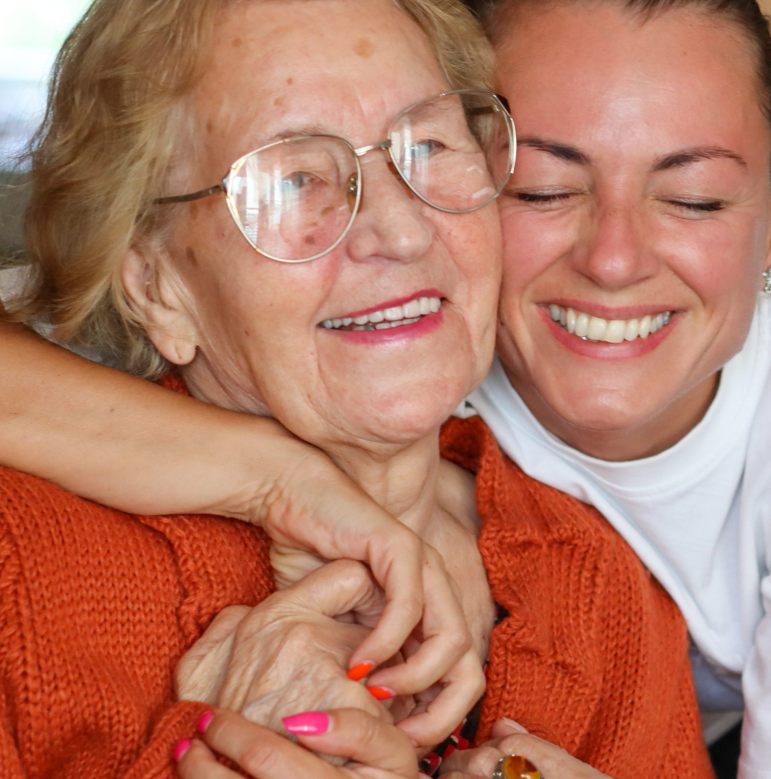How Virtual Reality (VR) Therapy Helps Our Residents
In recent years, virtual reality therapy has emerged as a very promising innovation in mental health care. At Lakewood Memory Care and Assisted Living in Brookfield, Wisconsin, we are proud to integrate this VR technology into the lives of our residents, offering them transformative experiences from the comfort and safety of our warm, person-centered community.
Our use of VR therapy is not just about embracing modern tools—it’s about bringing new hope, enhancing quality of life, and nurturing meaningful emotional connections for residents facing mental health challenges, including those associated with Alzheimer’s and memory loss. For many, the immersive power of virtual environments opens the door to healing, joy, and personal growth that traditional methods may not be able to offer on their own.
An Understanding of Virtual Reality Therapy
Virtual reality therapy, or VR therapy, uses advanced virtual reality technology to create simulated, computer-generated settings that users can explore through a VR headset. These settings range from peaceful beaches to bustling city streets—each designed with the intention of evoking emotional, sensory, and psychological responses.
Unlike watching a video or recalling a memory, immersive virtual environments allow residents to experience a moment as if it were truly happening. This immersion, when guided by trained staff, becomes a powerful tool in mental health treatment, especially in areas like exposure therapy, relaxation techniques, and even cognitive function support. Mental health professionals have seen significant benefits in using VR therapy to address mental health disorders by helping individuals safely confront and process difficult emotions, practice coping strategies, and build confidence in their responses.
Enhancing Mental Well-Being Through Controlled Exposure
One of the most well-researched applications of VR in mental health is its use in virtual reality exposure therapy (VRET). Traditionally, exposure therapy has been a method used in clinical psychology to help individuals gradually confront and overcome fears, traumas, or phobias through safe, guided exposure to the feared object or situation.
With VR exposure therapy, our residents can experience controlled exposure to various stressors in a safe and supportive setting. Whether it’s revisiting a once-familiar but now anxiety-inducing real-world task, or engaging in virtual exposure to treat specific phobias or anxiety disorders, the process becomes more effective and compassionate when facilitated through virtual reality VR.
This modern approach allows us to replicate real life situations while maintaining emotional safety and comfort—an especially important consideration for seniors managing psychiatric conditions or mental health disorders.
Tailored VR Experiences to Support Alzheimer’s and Memory Care
At Lakewood Memory Care and Assisted Living, our residents in memory care benefit from highly customized virtual reality environments. These experiences are often tailored to each resident’s history, preferences, and emotional needs.
For example, our VR Bucket List Program allows residents to take part in virtual journeys they’ve always dreamed of. Whether it's "walking" along the streets of Paris or "swimming" with dolphins, these immersive adventures spark positive emotional responses, increase emotional recognition, and can even help reconnect individuals to long-held memories.
This approach aligns beautifully with our Montessori-based memory care program, where sensory stimulation, emotional expression, and social connections are prioritized in our community. Incorporating VR therapy into this model deepens the opportunity for each resident to rediscover purpose and joy.
Virtual Reality Therapy and Anxiety Disorders
For many older adults, aging can bring new or intensified mental health issues, including anxiety disorders, depressive symptoms, and social withdrawal. The use of VR therapy platforms allows our residents to practice relaxation techniques such as breathing exercises, mindfulness, and meditation in soothing VR environments—including gardens, forests, and oceans.
These environments are specifically designed to help ease stress, reduce heart rate, and foster a sense of calm. In some cases, residents can even attend VR sessions in small groups, where shared experiences become a foundation for conversation, empathy, and connection—important factors in addressing mental health conditions.
The Evidence-Based Impact
The inclusion of VR-based treatments has shown promising results in improving emotional and psychological outcomes for individuals dealing with mental health disorders, including psychotic disorders, eating disorders, and chronic pain.
Studies supported by the National Institute of Mental Health have found that participants complete virtual therapy at higher rates than traditional exposure therapy techniques, and often report greater satisfaction with the experience. Unlike traditional methods, VR allows for consistent, repeatable scenarios that can be adjusted in real-time by VR therapists to match the individual's progress and needs.
From pain management to improved emotional responses, the impact of this clinical treatment is far-reaching. And while there are ongoing discussions about the ethical implications of emerging technologies, our approach at Lakewood is grounded in compassion, safety, and respect for each resident’s personal dignity and agency.
Bridging the Gap Between Therapy and Everyday Life
One of the most significant benefits of virtual reality exposure is its ability to prepare individuals for real life experiences. For our residents, especially those transitioning from more isolated living arrangements or experiencing reduced mobility, virtual elements help reintroduce once-familiar scenarios in a manageable and non-threatening way.
This practice has been instrumental in encouraging participation in group activities, reawakening long-forgotten memories, and nurturing a renewed sense of self-efficacy. When a resident practices crossing a busy street or interacting with virtual characters in a café, they are engaging in real world tasks—even within a virtual world—that support their ability to participate more fully in community life.
Schedule a Tour and Discover the Lakewood Difference
If you’re interested in learning more about how virtual reality therapy is enriching lives at Lakewood, we invite you to connect with us. Come see how our senior living community in Brookfield brings together advanced mental health care, personalized support, and heartfelt human connection.
Contact us today to schedule a tour and experience Lakewood for yourself—where innovation meets compassion, and every resident is cherished.


